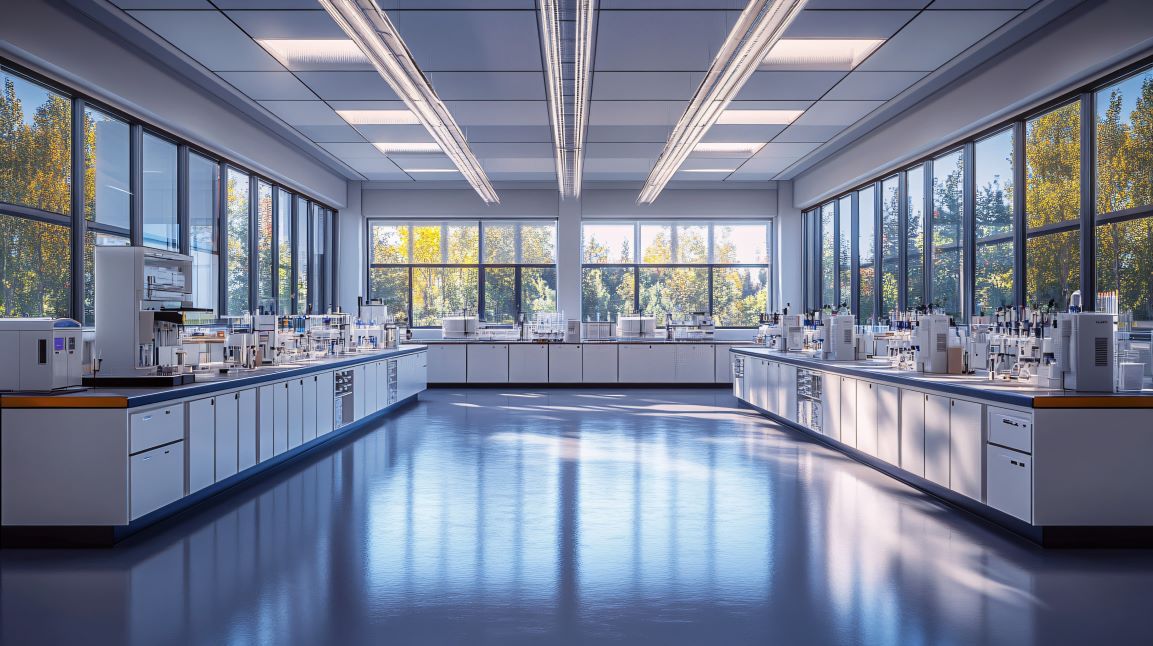Equipment Use and Maintenance

Maintain
Electronics, appliances and supplies will be most effective when functioning at their highest capacity, which is important to energy and resource efficiency. Taking care of equipment also increases its lifespan, which means that pieces will need to be replaced less often, saving both money and resources.
- Maintain all equipment in good condition.
- Repair or replace broken parts and keep each part as clean as possible.
Turn off
Talk to your staff and students about which pieces of equipment can be turned off regularly and establish protocols for shutting them down when the last person leaves each day.
- Turn off equipment when not in use.
- Set autoclaves to standby bode when not in use and only run when full.
- Use outlet timers to automatically power on and off equipment.
- Share equipment with other labs or core facilities rather than purchasing and powering your own.
- Turn off screen savers and use energy saver modes such as sleep or standby on computers and large equipment.
- Replace energy-intensive equipment with more energy-efficient models
Lighting
Establish a protocol for turning the lights in your lab space on and off each day. If everyone knows that there is a set procedure, they will feel more comfortable flipping the switch. This could be as simple as making sure that everyone knows to turn the lights off when leaving an empty lab or assigning one person or the last person out to turn off all the lights. Putting small reminders underneath the light switches can help prompt people to turn them off!
Where possible, reduce the number of lights turned on in labs and in office spaces. This can be done by keeping the lights off where natural lighting is sufficient, turning on only the lights over the benches that are currently in use, turning on only a portion of the lab lights that is necessary to do work (if your lab has two or more sets of switches controlling overhead lighting) or ask Facilities to remove bulbs in additional lights that are unnecessary.
- In offices, try to maximize your ability to use natural lighting by positioning furniture and computers in areas with the most window lighting.
- Employ motion sensors to the lights in your lab space to ensure that lights are kept
on only when someone is working in a particular area.

